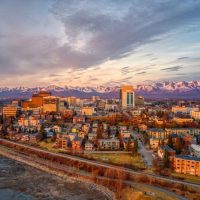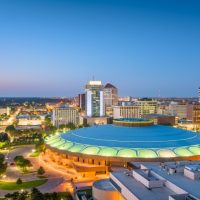Missouri has two major cities – St. Louis and Kansas City – and the rest of the state is largely rural.
Housing costs are relatively low, especially in rural areas and in small towns.
There are a lot of outdoor activities to enjoy, with several rivers and lakes.
It’s also on the edge of the Ozark Mountains, which offers even more recreational opportunities.
Missouri has some southern charm, even though it is more in the Midwest geographically.
Missouri is a state to consider if you want a rural lifestyle in a small town, where costs are low.
12 Cheapest Places to Live in Missouri

1. Clarkton
Clarkton is a very small town of 1300 people in the southeast corner of Missouri.
Housing is amazingly cheap.
You can buy a house for $53,000, compared to the national housing average of $338,000.
Housing is also half the price of the state average.
Clarkton is 30 percent cheaper than the national average, and 18 percent lower than the state standard.
Rentals are half the national average.
A single person could live here on $11,000 per year, transport is very cheap and groceries are 10 percent below the national average.
Utilities are at the national average, and health care is higher.
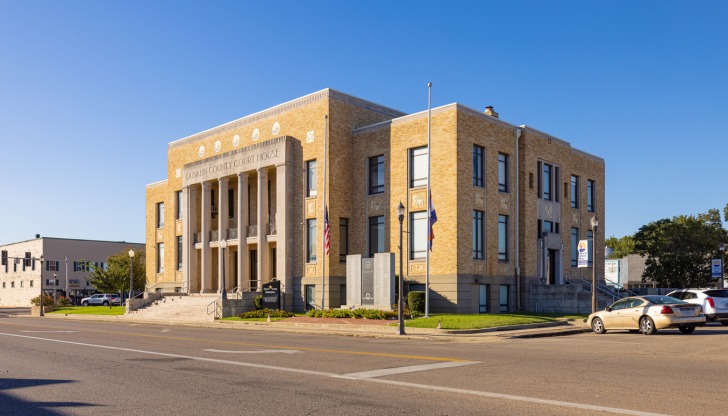
2. Kennett
Kennett is 20 miles south of Clarkton, and very similar to that town.
It does have 10,000 people.
The cost of living in Kennett is 30 percent below the state average and 18 percent less than the state average.
You can get a decent house for $88,000, which is only one-fourth of the national average, and less than half the state average.
Rental units are two-thirds below the state average.
A single person could live in Kennett for $17,000.
General goods are very cheap, and food is 10 percent below the national average.
Health care is 24 percent higher.
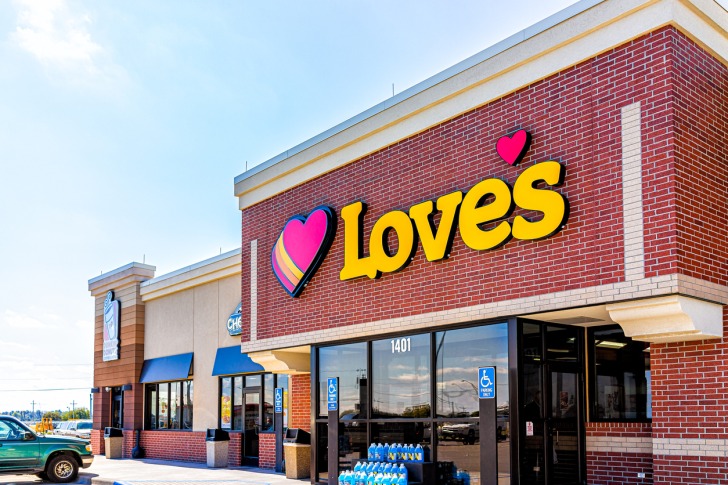
3. Sikeston
Sikeston is a small town on the eastern side of the state, less than 50 miles from Paducah, Ky.
It has a population of 16,000.
The overall cost of living is 26 percent below the national average, and 13 percent below the state average.
Housing is 60 percent below the national average and almost 40 percent below the state level.
Rental units are at a similar level.
A person needs $25,000 to live in Sikeston.
Healthcare is the only issue, at 20 percent above the national level. Groceries and utilities are 5-10 percent below the national level.
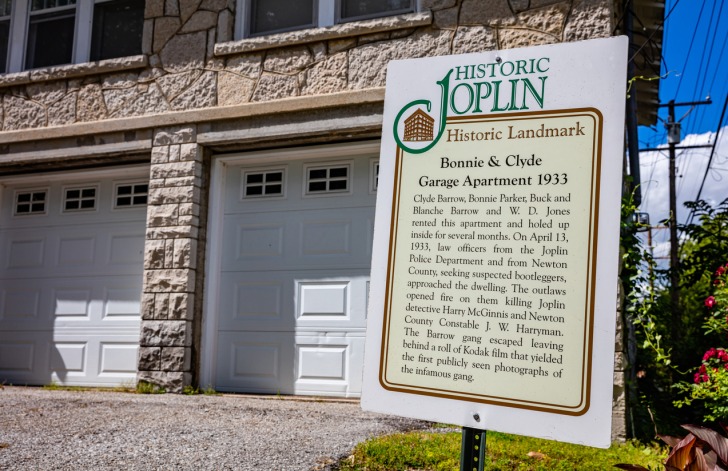
4. Joplin
Joplin is a well-known city in the southwest corner of Missouri and has about 50,000 people.
The cost of living in Joplin is 23 percent below the national level, and 10 percent below the state average.
A house can be bought for $166,000, which is half the national average, and 25 percent less than the state average.
Rental units are similar when compared to state and national figures.
A person would need $26,000 to live in Joplin.
Transportation and general goods are 30 percent below the national average.
Groceries are about five percent below.
Utilities and health care are both a little higher than the national average.
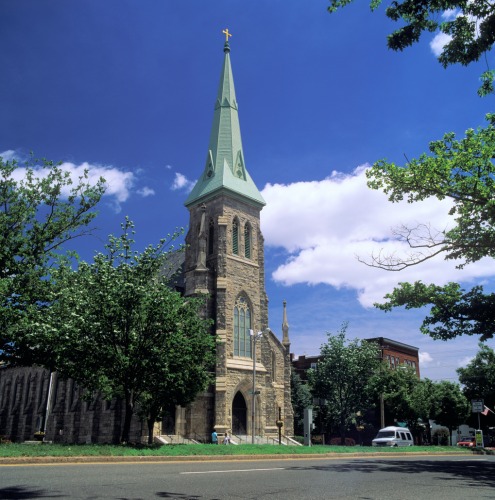
5. St Louis
St Louis is a little surprising because big cities usually cost more.
St. Louis has 293,000 people and a lot more in the metro area.
Even so, St. Louis is 12 percent below the national average, even though it is almost four percent above the Missouri average.
Housing is 34 percent below the national average and five percent above the state average.
A person would need at least $32,000 to be comfortable in St. Louis.
One plus is that healthcare is a few percentage points below the state and national average.
Utilities, food, and general items are also slightly below the national average.
Rental units are a little higher than the state average, but well below the national level.

6. Winona
Winona is a small rural town in the south-central part of the state with just under 1000 people.
It makes up for a lack of size with a lot of great outdoors.
There are rivers, waterfalls, and a few state parks in the area.
The cost of living is 24 percent below the national average and 10 percent below the state average.
A house can be bought for $123,000, which is 63 percent less than the national average, and almost half the state average.
A person would do OK here with $24,000 per year.
Groceries are cheap, at almost 10 percent below the national average.
Healthcare is above the national average.
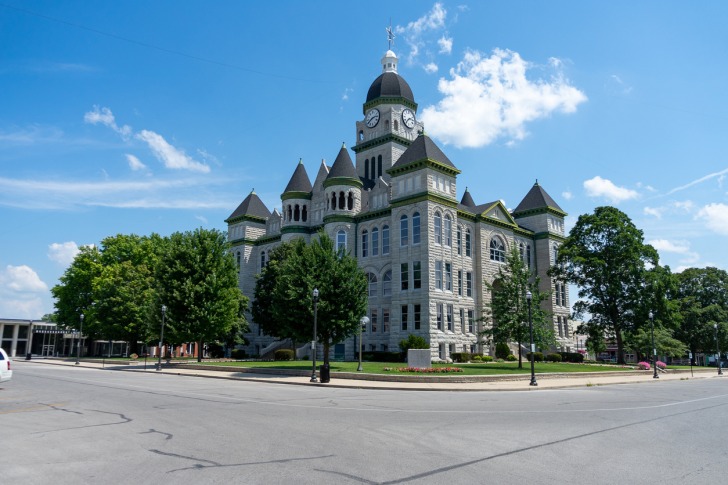
7. Carthage
Carthage is a town of 10,000 people just 20 miles up the road from Joplin and has similar low costs.
The overall cost of living in Carthage is 23 percent below the national average and 10 percent below the state average.
Houses are about $160,000, which is half the national average and a fourth less than the state level.
Rental units are similar in comparison. An individual could live well on $26,000 in Carthage.
Groceries are eight percent lower than the national average, and general goods are almost 30 percent less than the national average.
Utilities and healthcare are both about five percent above the national average.

8. Kirksville
Kirksville is a small town of 18,000 in the northeastern part of the state, surrounded by hills, lakes, and natural wonders.
The cost of living in Kirksville is 25 percent below the national level, and 12 percent below the state average.
Housing is 61 percent less than the national average and almost 40 percent below the state average.
A single person could do OK there at $16,000 per year.
Miscellaneous items are 18 percent below the national level.
Groceries and utilities are close to the national average, but health care is 22 percent higher than the national average.
There is also a solid transportation system that is 40 percent below the national rate.
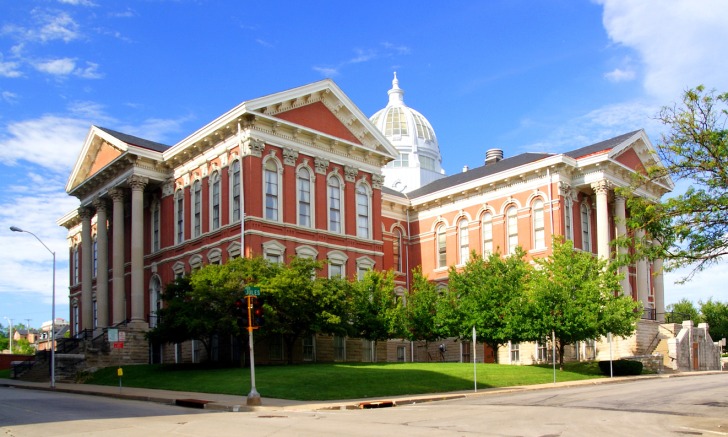
9. St Joseph
St Joseph is on the Missouri River, across from Kansas, and was one of the main jumping-off points for settlement of the Western part of the United States.
It is 50 miles north of Kansas City.
The town may be old, but it is not costly, at 24 percent below the national average and 10 percent lower than the stage level.
You can get a house for $132,000, which is almost half the national average, and well below the state average too.
Rental units are also significantly lower than state and national averages.
Healthcare is 10 percent above the national average, and utilities are a little higher, but groceries cost a lot less.
General goods are about 13 percent below the national average.
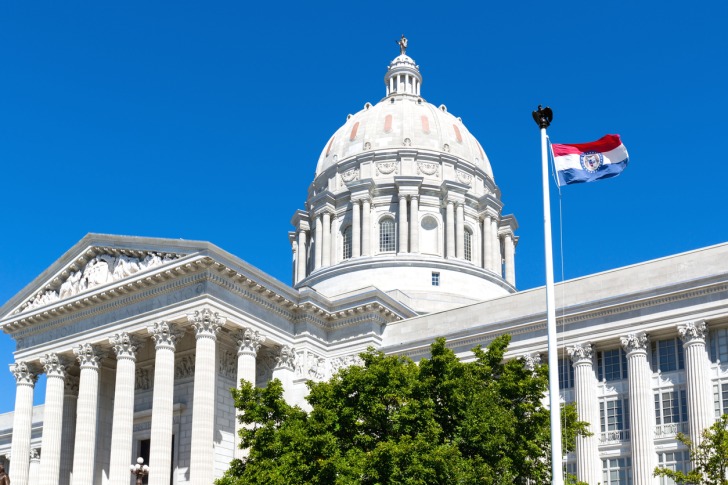
10. Jefferson City
Jefferson City is the state capital, and about halfway between St. Louis and Kansas City in the middle of the state.
It lies on the Missouri River and has a rich history.
The cost of living is 16 percent below the national average and two percent below the state average.
Houses are a little more than $200,000, which is about 40 percent below the national average.
Rental units are even less, at half the national average and 30 percent below the state average.
A single person would need $25,000 to live there.
Healthcare is significantly above the national level.
Groceries and utilities are a few percentage points below the national average.
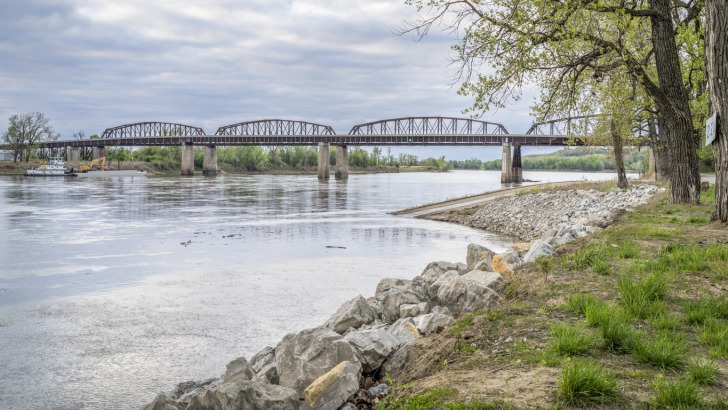
11. Glasgow
Glasgow is another small town on the Missouri River in the north-central part of the state.
It is a very small town with 1100 people and offers a peaceful, low-cost lifestyle.
Glasgow is 21 percent lower than the national average and seven percent below the state level.
Housing is half the cost of the national average, and 22 percent less than the state average.
Rental units are also about half the national average.
Groceries are five percent below the national average, and utilities are very close to the national level.
Healthcare is higher, but general goods, or miscellaneous items are about 40 percent below the national average.

12. Aurora
Aurora is a small town in the southeastern part of the state, between Springfield and Joplin.
It is surrounded by lakes, caves, and beautiful scenery.
It has about 7,000 people.
Aurora is 25 percent below the national average, and 12 percent below the state average in overall cost of living.
Houses are 60 percent less than the national average, and 33 percent lower than the state level.
A single person can get by there for $24,000.
General goods are almost 40 percent below the state average.
Groceries and utilities are slightly below the national level.
Missouri Safety Overview
READ THE FULL REPORT: Missouri Safety Review
Safety Index:
- OVERALL RISK: MEDIUM
- TRANSPORT & TAXIS RISK: LOW
- PICKPOCKETS RISK: LOW
- NATURAL DISASTERS RISK: MEDIUM
- MUGGING RISK: MEDIUM
- TERRORISM RISK: LOW
- SCAMS RISK: LOW
- WOMEN TRAVELERS RISK: LOW
Frequently Asked Questions
What is the cost of living in Missouri?
There is a lot of variation, depending on where you are in the state, but overall, the state cost of living is 15 percent below the national average.
Housing is 37 percent less than the national average, and rentals are usually 33 percent below the national level.
Utilities and groceries are a few percentage points below the national average, and healthcare is five percent higher.
Where does Missouri rank in the cost of living?
According to Missouri state figures, Missouri is the sixth-lowest state as far as cost of living.
Most of that is due to low housing costs.
Missouri is 18th from the bottom as far as average individual income, which was a seven percent increase over the last few years.
Where are the cheapest areas of Missouri?
The rural southeastern area, as well as the entire southern border area, are the lowest-cost areas in the state.
Housing is often less than half the national average.
Rural areas have a lot of small towns where the cost of living is very low.
State officials are protecting the southeastern part of the state and may lose residents, which could make low-cost housing even lower in coming years.
Is Missouri growing or shrinking in population?
Missouri has had slow, steady growth of about a quarter of one percent each year for the last several years.
While it is growing, the state ranks 41st in population growth over the last five years.
Missouri has 6.1 million people.
The state is projecting a growth of 20 percent from 2000 to 2030.


